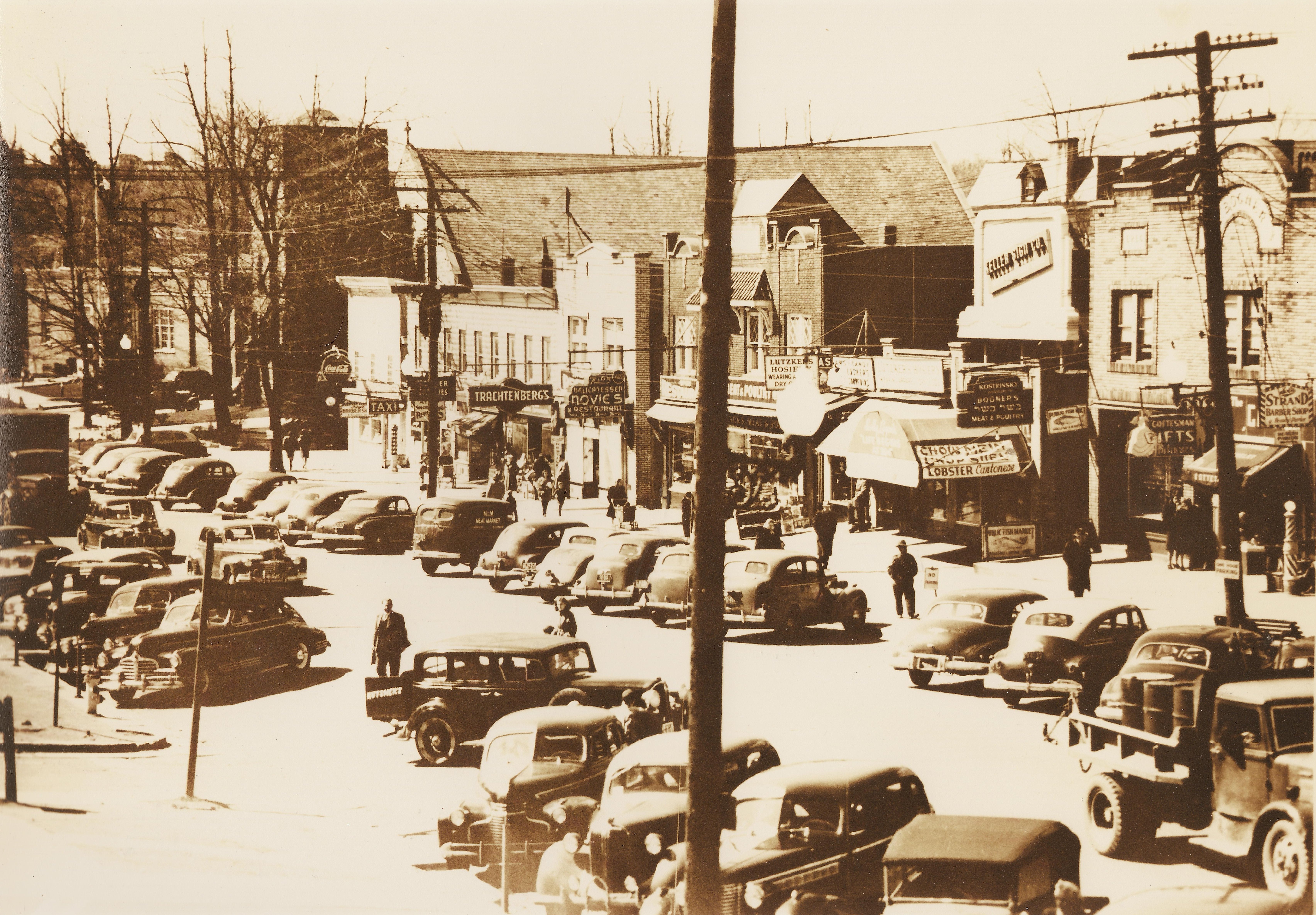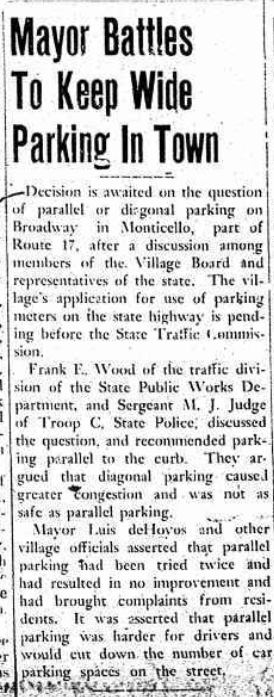Delgado shows integrity; opponent should take note
Delgado shows integrity; opponent should take note
Tags
- Read more about Delgado shows integrity; opponent should take note
- Log in or register to post comments
Tuesday, April 24, 2018, Opioid Addiction Strategies and Successes panel: Chatham Police Chief Peter Volkmann, Sullivan County Sheriff Michael Schiff, Supreme Court Justice Hon. Stephan Schick, Tom Rue of Choices Mental Health Counseling PLLC, Martin Colavito of Catholic Charities Community Services.
The trauma of being violated by unwanted or non-consensual sexual contact can be deep and lasting. This should not need explaining, but in our culture it still does. Sexual abuse and rape are central issues in the current presidential campaign. One of the candidates has allegedly been a serial sex offender over the course of many years, openly boasting of his attacks on women. The loyalty of his partner in standing by her man is understandable at a human level, as she defensively sees his victims as liars, describing his vile behavior as that of a "boy" more a follower than of a leader.
Report by Time-Warner Cable reporter Eva McKend, May 2014 on a spike on copper thefts in Monticello, New York, including a clip with Tom Rue of Choices Mental Health Counseling concerning the role of opioid dependence in this crime trend. YNN TV.
By Tom Rue
Village Historian
Broadway is a small part of a highway that was the economic engine during Sullivan County's earliest years, stretching from Newburgh on the Hudson River all the way to the Upper Delaware at Cochecton. Called "Main Street" in its first century, it is a one-mile stretch of the Newburgh Cochecton Turnpike.

Answer: You're probably just about exactly right, as the description of the above photo shows (from p. 57 of "Monticello" [2010]) attests:
"This springtime photo shows Broadway (Route 42) from above the corner Oakley (now Lakewood) Avenue. It may be more recent than the newest automobiles shown because production was curtailed during the war years. Mayor Luis DeHoyos opposed elimination of diagonal parking, but parallel parking on Broadway became mandatory in 1946 when the village sought the state's permission to install parking meters. On the right, in the Bogner Building, is the Sol Strand Barber Shop & Beauty Parlor (later David's Fast Photo); Gottesman's Gifts (now Crown Chicken); Bogner's Meat & Poultry; the Green Door Bar & Grill; and Keller Sign Co. Next is Luzker's Hosier; Trachtenberg's (now Chinatown Kitchen); Joe Hertz's shoe repair; taxi-cab company; and another barber. At the corner is St. Peter's Church (minus its steeple), then the Post Office. (Courtesy of Ralph Cutler.)

Republican Watchman, 6/20/1946

An effective barrier of body fluids used to prevent the spread of human immunodeficiency virus (HIV), the virus that causes acquired immune deficiency syndrome (AIDS) and other diseases transmitted through sex, is the dental dam.
What does it mean to be "mandated" to treatment? Is a court order truly equivalent to leading a horse to water? Maybe. But such mandates are as much a legal fiction as the metaphorical horse who can't be made to drink. In reality, mandates do not exist.

Many will recognize the representation of the ideal human by Leonardo DaVinci called Vitruvian Man that has become emblematic of humanistic psychology holistic health, structure, and the arts.
Those who do not might be interested in a review of the history of this image. See Stanford University student Michael John Gorman's elaboration concerning The Vitruvian Man on a site devoted to Da Vinci.
A Structural Ideal
The title of the work is derived from the name of Marcus Vitruvius, a Roman architect in the first century BCE and author of De Architectura, and is so named because of what are described as its divine mathematical proportions (in Freemasonry, geometry is described as an expression the Great Architect of the Universe).
In Pythagorian tradition, the circle represents the spiritual realm; the square, material existence, so the human body represented the perfect marriage of matter and spirit, which was is reflected in its proportions.
"Squaring" refers to the human task of giving balance, context, meaning, and understanding to life - the essence of psychotherapy.
Relying on the Sacred Geometry of Pythagoras, of which Vitruvius was a proponent, temples were designed based on the proportions of the human body, which was believed to be perfect. This perfection, Vitruvius wrote, was due to the fact that the extended limbs of a perfectly proportioned human fit into both the circle and the square. In other words, as DaVinci observed:
"From the roots of his hair to the bottom of his chin is a tenth of a man's height; from the bottom of the chin to the top of the head is one eighth of his height; from the top of the breast to the roots of the hair will be the seventh part of the whole man." ~ Notebooks of Leonardo
Meaning drawn from Leonardo's sketch has transcended its origin as an exercise in proportion and an expression of philosophy, standing for the humanistic impulse of the Renaissance, a time when the ultimate concern of scholars and artists shifted from the next world to this one, and interest in the sciences came to share equal footing with religion, art, music, and literature.
Several years ago, I e-mailed award-winning artist Nat Krate asking permission to use his feminine version of this image on my website (see below), which he very kindly gave. Mr. Krate's art has been acquired by museums and collectors throughout the United States. Other examples of his work can be seen at the Zenith Gallery and his studio in Sarasota, Florida.
Other representations of Vitruvian Woman that can be found in Google, as well as thousands of masculine variations of DaVinci's concept by changing the gender to "man".
Personal Identification
On a personal note, I have a remote connection to Leonardo. Marquis DeLaRieux's daughter is said to have born an illegitimate child to the French monarch, Francis I (known as François d'Angoulême until he succeeded his cousin in 1515 at the age of 20), ostensibly placing King Francis in my direct paternal ancestral line. Contemporary depictions of the death of Leonardo at Cloux (now called 'le Clos-Lucé') show him in the arms of the sovereign who saved the scientific philosopher from a heretic's death. When his life finally came to an end, Da Vinci was still under the legal protectorate of the French crown.
Holistic Centeredness
In the system of astronomical symbols, Earth is represented by a globe bisected by meridian lines into four quarters; four equal lines pointing from the center to the spirits of the north, east, south, and west - or to the basic element: earth, water, air (or wind), and fire. Imagine standing on a vast plain, with nothing to block your view.  The horizon would appear as a great circle. Anything on the plane could be plotted in relation to you using a simple grid composed of the x and the y axes.
The horizon would appear as a great circle. Anything on the plane could be plotted in relation to you using a simple grid composed of the x and the y axes.
Behind the Vitruvian human is a symbol less well known yet more universally found. It is the Quartered Circle, rendered in rock inscriptions found on every inhabited continent. So widespread is the image of the quartered circle that Swiss psychologist Carl Jung recognized it as an archetype representing the Self - the very shape of the Soul. Pastoral counselor Judy Harrow used this concept to elucidate her own working theory of counseling.
In Native American traditions, it forms the basic pattern of the medicine wheel, central to spiritual rituals. Christians have used variations of the same popular shape, usually calling it the Celtic Cross. Pagans recognize the quartered circle a symbol as transmitting energy of the Goddess, and Buddhists (and Jungians) as the basic form of the mandala.
According to Marija Gimbutas, author of Goddesses and Gods of Old Europe, “The fourfold compositions [the cross, the quartered circle], archetypal of perpetual renewal or wholeness and the moon in the symbolism of Old Europe, are associated with the Great Goddess of Life and Death, and the Goddess of Vegetation, moon goddesses par excellence” (p. 91).
Whether one considers da Vinci "a man of letters" by the standard of a classical education in Latin and Greek scholars or not, he must certainly have been aware of the depth of meaning in his human geometry with an understanding of his European Renaissance contemporaries and predecessors.
Because of both its universal and personal appeal, I have adopted Vitruvian Man - considering the passage of five-and-a-quarter centuries sufficient time for a work of art to have entered the public domain - as the emblem of Choices Mental Health Counseling PLLC.
